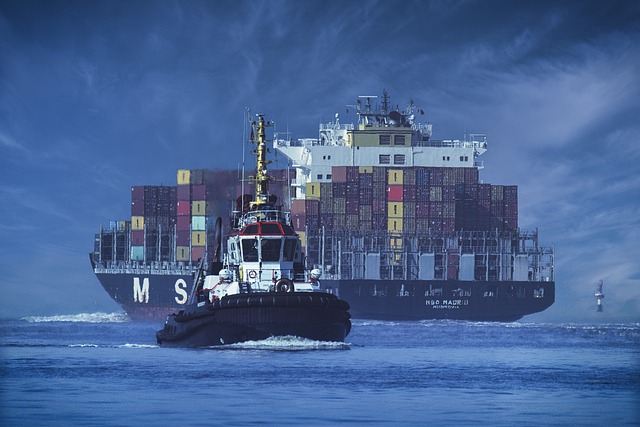When shipping cars internationally, choose between enclosed and open carriers based on your vehicle's value and condition. Enclosed transport offers superior security and weather protection for high-end or classic cars at a higher cost. Open transport is more affordable and suitable for standard vehicles, providing quicker delivery times but direct exposure to weather conditions. Shipping companies offer both options to cater to diverse needs and budgets.
When it comes to transporting your vehicle, especially for long distances or internationally, you have two primary options: enclosed car transport and open-air shipping. Understanding these methods is crucial for making an informed decision, especially when navigating international car shipping. Enclosed carriers provide protection from the elements and reduce the risk of damage, while open transports are more cost-effective but expose your vehicle to external conditions. This article breaks down the advantages and disadvantages of each, guiding you in choosing the best method for your international car shipping needs.
- Understanding Enclosed and Open Car Transport: The Basics
- Pros and Cons of Each Car Shipping Method
- International Car Shipping: Which Option is Right for You?
Understanding Enclosed and Open Car Transport: The Basics

When it comes to international car shipping, understanding whether your vehicle will be transported in an enclosed or open carrier is essential. The difference lies in the type of loading and protection offered during transit. Enclosed transport involves carrying cars within secure, weatherproof containers, shielding them from direct exposure to elements like sun, rain, snow, and wind. This method is ideal for high-end vehicles, classics, or any car whose condition is sensitive to environmental factors.
Open transport, on the other hand, involves loading vehicles onto flatbed trucks without any protective covering. Cars are exposed to the open sky, making them vulnerable to weather conditions but offering a wider view and access for potential inspection. This method is typically more cost-effective than enclosed transport and is suitable for standard vehicles that don’t require special protection during international car shipping.
Pros and Cons of Each Car Shipping Method

Enclosed vs Open Car Transport: Pros and Cons
When considering international car shipping, choosing between enclosed and open transport methods is a crucial decision that can impact your experience and vehicle condition. Enclosed carriers provide several advantages, such as enhanced security against weather conditions and theft during transit. They are ideal for high-end or classic cars, offering better protection from potential damage caused by road debris or exposure to harsh elements. This method also ensures privacy since the vehicles are stored within a secure container, making it an appealing option for luxury car owners who prioritize discretion.
On the other hand, open transport offers visibility and cost savings. It’s suitable for more common vehicles and budget-conscious shippers. While providing less protection from external elements, open carriers can still ensure safe transportation with proper loading techniques. However, they pose higher risks of damage from road conditions and debris, making them less ideal for valuable or delicate cars. International car shipping companies often offer both options, allowing clients to select based on their vehicle’s unique needs and budget constraints.
International Car Shipping: Which Option is Right for You?

When considering international car shipping, whether enclosed or open transport is the right choice depends on your specific needs and priorities. Enclosed carriers offer protection from weather conditions and potential damage during transit, making them ideal for high-value or classic vehicles that require utmost care. These containers are sealed, minimizing exposure to elements like rain, snow, or excessive heat, which can degrade paint jobs and sensitive components.
On the other hand, open transport is more cost-effective and suitable for standard vehicles that aren’t as delicate. It provides direct exposure to weather but ensures faster delivery since these carriers don’t require loading and unloading time. For budget-conscious car owners shipping vehicles internationally, open transport can be a game-changer, offering both affordability and relatively quicker transit times compared to enclosed options.
When considering international car shipping, understanding the differences between enclosed and open transport services is key. Each method has its unique advantages and drawbacks, catering to various needs and budgets. Enclosed carriers offer enhanced protection against elements and potential damage, making them ideal for high-value or classic vehicles. Open transport, on the other hand, provides cost-effectiveness and exposure to the sky, suitable for more affordable vehicles or those not requiring top-level security. Depending on your specific requirements, choosing the right shipping method can ensure a smooth and secure journey for your vehicle across international borders.
